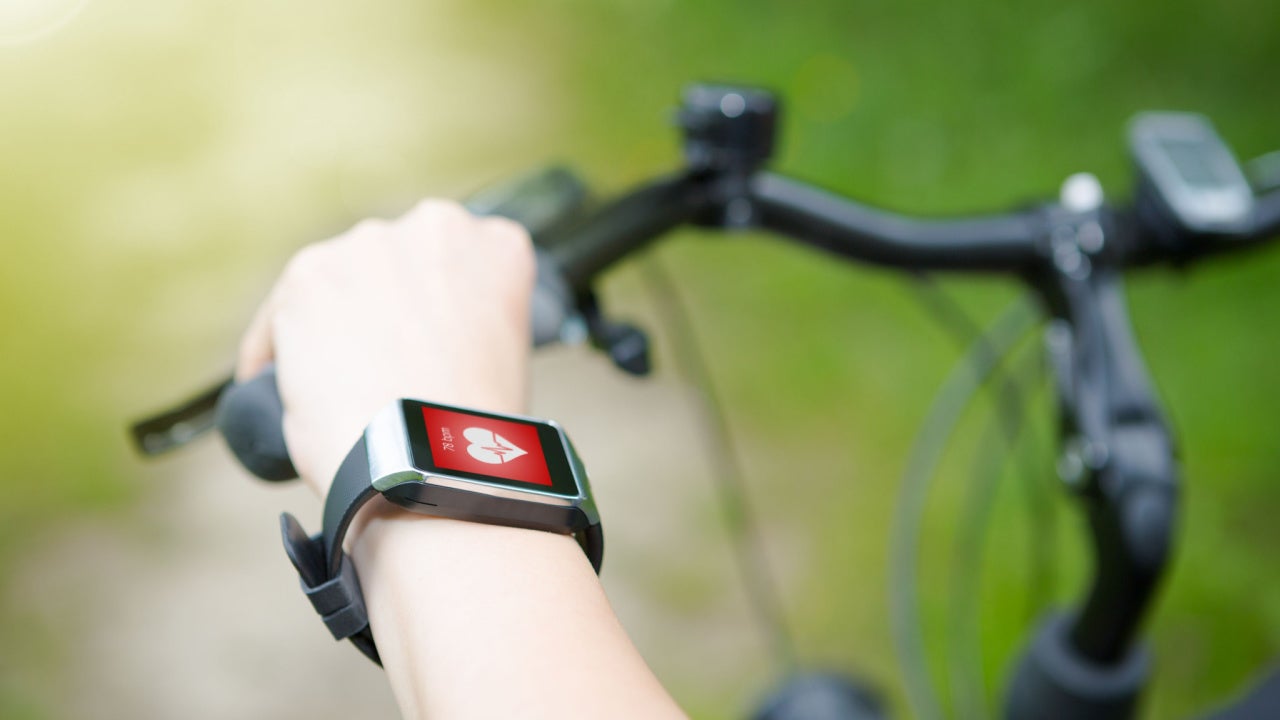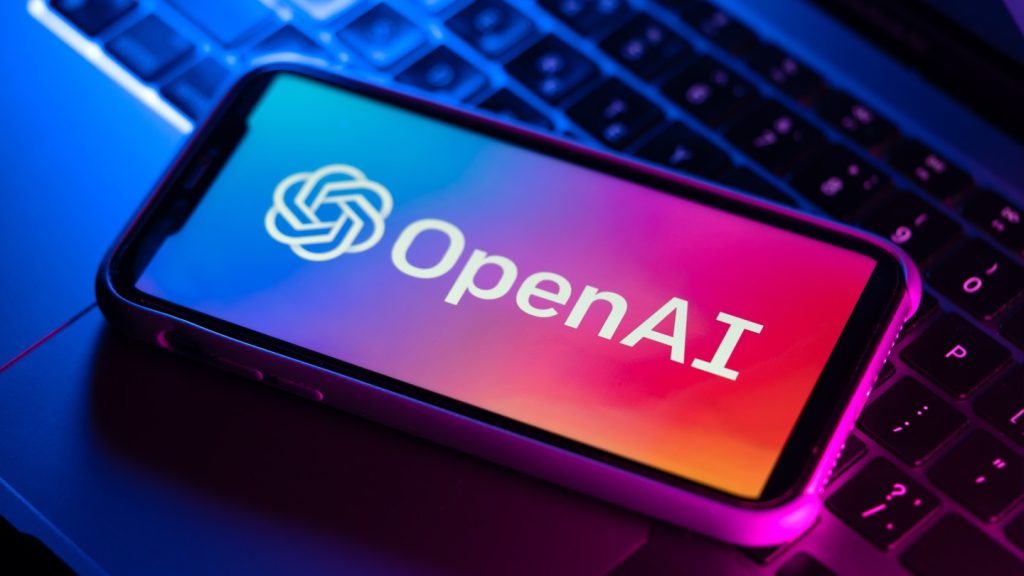Verdict lists the top five trends tweeted on wearable tech in Q2 2022, based on data from GlobalData’s Technology Influencer Platform.
The top trends are the most mentioned terms or concepts among Twitter discussions of more than 258 wearable tech experts tracked by GlobalData’s Technology Influencer platform during Q2 2022.
1. Artificial intelligence (AI) trends – 604 mentions
Google unveiling new AI-enabled products, and AI making a difference in ophthalmology, were some of the popularly discussed trends in Q2.
Heinz V. Hoenen, business development, process and quality management at the investment banking company Credit Suisse, shared a video on the technology conglomerate Alphabet’s subsidiary Google unveiling augmented reality (AR) glasses that displayed translations of conversations in real time using AI. As a result, users wearing the glasses could be seeing what another is stating transcribed in real time, just like subtitles for the world, the video demonstrated. A decade after the debut of Google glass, the company has built a new pair of glasses for the built-in computer.
At its annual Google development conference, the company showed a video of its glasses prototype displaying captions in English and Mandarin, Spanish and American sign language. The unnamed pair of glasses were unveiled alongside other new AI-enabled products of the company, the video further illustrated.
AI also trended in an article shared by Kim Muro, an innovation chief information officer (CIO) on the technology making a difference in the field of ophthalmology. For instance, the IT services and consulting firm SHG Technologies’ smart vision glasses aiding the visually impaired and blind. The smart assistive device is built with technologies, such as AI, machine learning (ML), and machine vision, the article detailed. It allows people suffering from macular degeneration, severe glaucoma, diabetic retinopathy, cataract, and other visual impairments to identify an object or obstacles in their way.
How well do you really know your competitors?
Access the most comprehensive Company Profiles on the market, powered by GlobalData. Save hours of research. Gain competitive edge.

Thank you!
Your download email will arrive shortly
Not ready to buy yet? Download a free sample
We are confident about the unique quality of our Company Profiles. However, we want you to make the most beneficial decision for your business, so we offer a free sample that you can download by submitting the below form
By GlobalDataThe wearable device also allows people with irreversible vision loss to read in English, and other Indian regional languages, along with proximity sensor enhancing the safety future and also provides directions using global positioning system (GPS) technologies, the article further noted.
2. Digital health, ehealth and mhealth – 459 mentions
VivoSense landing $25m and other digital health fundings, and Fitbit’s Irregular Heart Rhythm Notifications having amassed more than two million users, were some of the popular discussion trends in the second quarter.
João Bocas, a wearable expert, shared an article on VivoSense, a wearable data-analytics company having scored $25m in a Series A funding round that was co-led by investment companies Debiopharm Innovation Fund and Perceptive Xontogeny Ventures (PXV) Fund. The company supports stakeholders in merging wearable sensors into clinical trials to assist in the monitoring of digital biomarkers. VivoSense, the company’s software, helps infer sensor data for patient care and research, the article highlighted. The planned fund is expected to assist VivoSense in speeding up the growth of digital clinical procedures from remote-monitoring and wearable technologies, Dudley Tabakin, the CEO of VivoSense stated.
The term also trended in discussions around the consumer electronics company Fitbit, a subsidiary of the technology company Google, having already enrolled more than two million users into its atrial fibrillation (AFib) detection feature. Technology influencer Even Kirstel shared an article on the Irregular Heart Rhythm Notifications feature, which was first made public for Fitbit devices in April 2022. The feature uses sensor data to spot AFib in other irregular heart rhythms, the article noted. According to the non-profit John Hopkins Medicine, AFib is a heart condition characterised by irregular heartbeat rhythms and is considered to be serious as it leaves those affected five times at a higher risk of a stroke.
3. Apple Watch – 100 mentions
Apple’s smartwatch collection Apple Watch getting more smarter with new health features, and Apple Watch 8 incapable of detecting skin temperature unlike Fitbit Sense, were some of the popular discussions in Q2.
Ronald van Loon, CEO of the Intelligent World, a network connecting businesses and experts, shared an article on the Apple Watch soon to be equipped with even more health features. Five years since the debut of the smartwatch line by the company in 2015, the Apple Watch has evolved from helping people lose weight to detecting abnormal heart rhythms, the article detailed. Some new additions to its health features include its detection of loud noise via the Noise app to curb the risk of hearing loss.
The watch can also track menstrual cycle, detects falls and calls for emergency services via the fall detection feature, detects abnormal heart rhythms via a 30-second test, and also identifies low and high heart rates, the article noted.
Kim Muro further tweeted on the Apple Watch 8 being two years behind Fitbit’s temperature technology. There were continuous reports around the possibility of skin temperature sensor not being able to make it to the Apple Watch 8 series in time for launch, the article highlighted. The company maintained that it was still working on the software element of the feature, which was actually set to debut in the Apple Watch 7.
Unveiled in September 2020, Fitbit Sense, on the contrary, uses a devoted sensor to calculate skin temperature changes every minute while asleep, and then displays the changes on a graph the next morning. Charge 4, Charge 5, Luxe, Inspire 2, and Versa series are some other Fitbit devices that offer a single average estimate of nightly skin temperature with sensor arrays, the article detailed.
4. Metaverse trends – 109 mentions
A virtual reality (VR) hardware making humans feel physicals sensations while in the metaverse, and the Mojo Lens projecting AR displays, were some of the trending discussions in the second quarter.
Helen Yu, CEO of the consulting firm Tigon Advisory Corp., shared an article on a VR hardware using chemicals to make the wearer feel sensations while in the metaverse through a concept called chemical haptics. Developed by the University of Chicago researchers, the wearable is built out of micropumps and silicone patches, which produces five different chemicals on the skin surface. Lidocaine numbs the skin area, while menthol cools the skin, and capsaicin makes the skin warm, the video illustrated. The other chemicals produced a tingling and stinging sensation, thereby taking virtual reality to new heights.
The metaverse was also discussed in an article shared by Glen Gilmore, a digital marketing consultant, on the technology start-up Mojo Vision unveiling the smart contact lenses prototype in March 2022. When worn, the lens projected AR displays on whatever the wearer looked at, the article detailed. Drew Perkins, the CEO of the company has been first to wear the Mojo Lens, which required wires to function earlier but are wireless now.
The article further highlighted that Mojo Vision has collaborated with sports manufacturer Adidas to create an application that will help runners to track their speed, route, and distances. The Mojo Lens also had the potential to be extended to the phone or smartwatch.
5. AR Glasses – 90 mentions
Qualcomm having launched a wireless and thinner version of its AR glasses, and Meta’s first AR glasses to be unveiled in 2024, were some of the popular discussions in Q2.
Tom Emrich, director of product management at the software development company Niantic, shared an article on the telecommunications company Qualcomm having introduces a wireless and thinner version of its AR Smart Viewer. The article noted that the design could be adapted into commercial headsets by manufacturers. The new version of the company’s AR glasses comes with a higher-powered chipset, along with a tethering system that uses Wi-Fi 6 / 6E and Bluetooth. The new smart glasses have been designed by the Chinese acoustic components company GoerTek, and is available to just a few manufacturers, the article further detailed.
Wireless headsets have been on the company’s roadmap for years, but the Smart Viewer still exposes a key challenge, that is the short battery life of these high-powered glasses. According to Hugo Swart, the company’s AR and VR head, the most powerful virtual experiences could drain the headset’s 650mAh battery in 30 minutes, even though a light virtual overlay could use less power.
Discussions on AR glasses also revolved around Mark Zuckerberg’s, the CEO of the technology company Meta, formerly Facebook, vision of the metaverse and big plans for AR glasses. The article further highlighted that the company is racing to release its first AR glasses in 2024, but sources have stated that it will take much longer for them to become mainstream. The company has been tarnished with numerous privacy and content moderation discredits, and is looking to be cast in new light with its new vision of the metaverse and AR glasses, the article detailed.
The CEO is therefore looking at the AR glasses release, also called Project Nazare, as an iPhone moment, sources reveal. Additionally, the company is also focusing on getting out from under the dominance of Google and Apple who have been dictating the terms to apps for mobile phones.








Related Company Profiles
Apple Inc
Alphabet Inc
Qualcomm Inc
adidas AG
GoerTek Inc